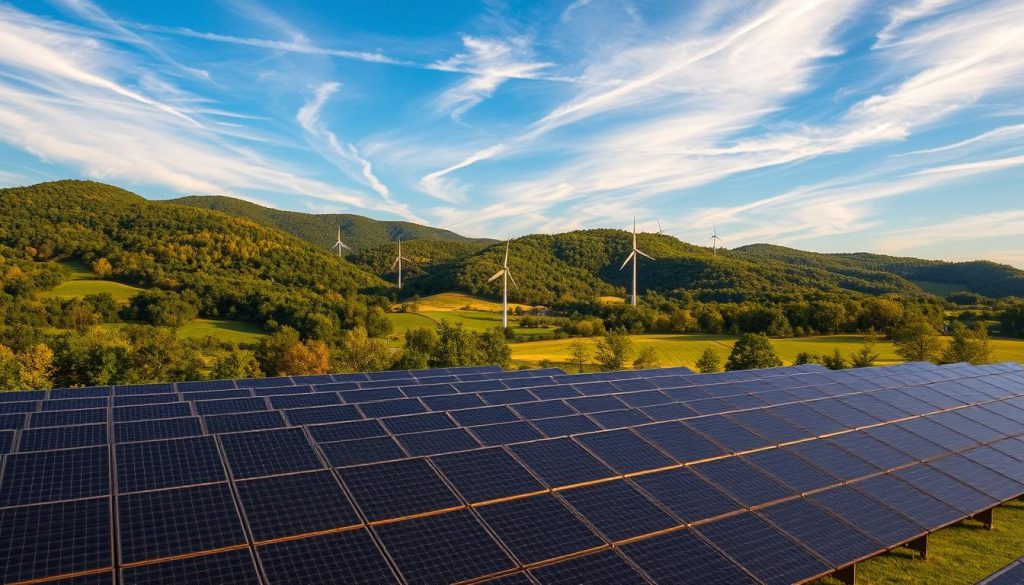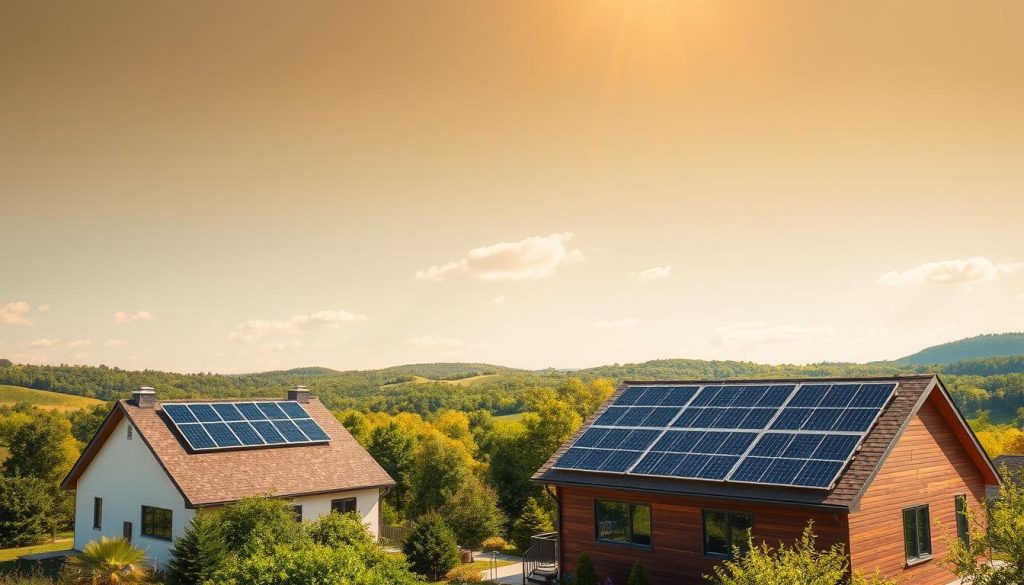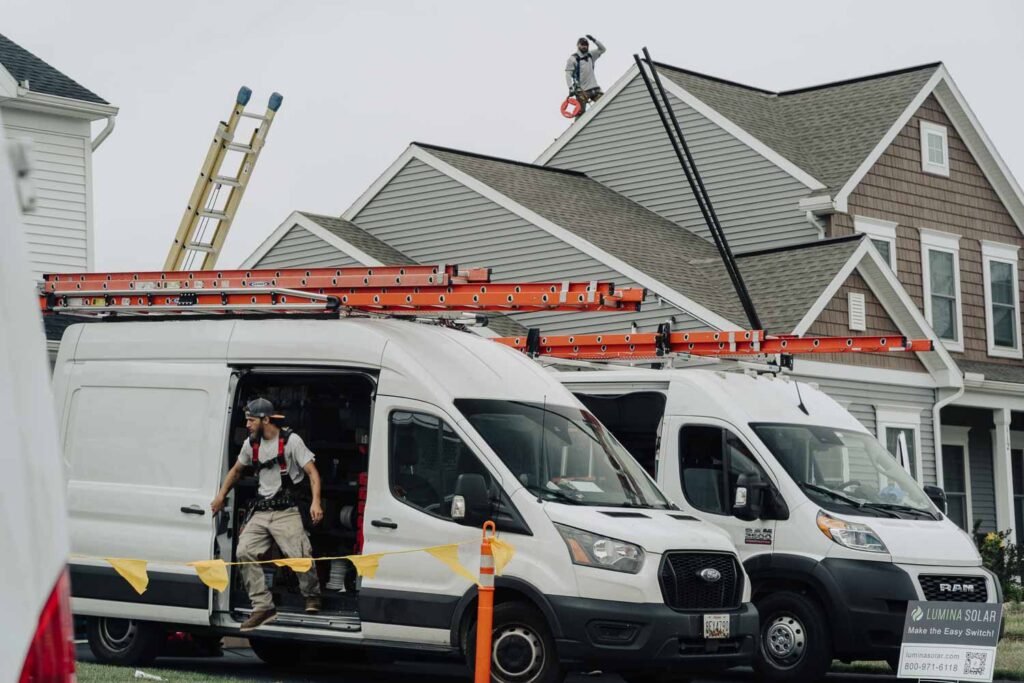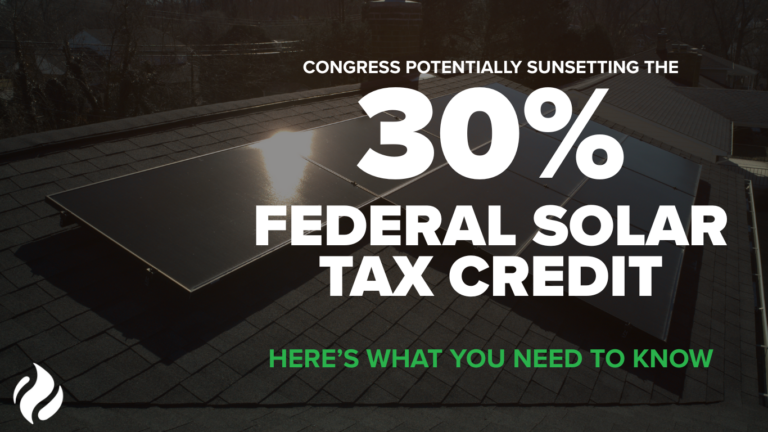Harness the Power of Solar Panels in Pennsylvania
Have you ever felt the weight of rising energy costs and the longing for a more sustainable future? Exploring renewable options like solar energy could be the solution you’ve been searching for.
For more information – Click Here
Understanding Solar Energy in Pennsylvania
Understanding how solar energy works in Pennsylvania can help you make informed decisions about your energy needs. This renewable source is transforming how electricity is generated and used across the state. By harnessing sunlight, solar systems convert it into usable power, reducing reliance on traditional energy sources.
Pennsylvania currently produces 786.7 MW of solar capacity, enough to power nearly 97,000 homes. This impressive figure highlights the state’s commitment to clean energy. Even with fewer sunny days compared to the national average, the state efficiently utilizes available sunlight to meet its energy goals.

Solar energy plays a vital role in the state’s electricity grid. It helps balance supply and demand, especially during peak usage times. This not only stabilizes the grid but also reduces the environmental impact of energy production.
Seasonal variations can affect solar output, but modern technology ensures consistent performance year-round. Systems are designed to maximize efficiency, even on cloudy days. This makes solar a reliable option for homeowners and businesses alike.
By understanding these basics, you can see how solar energy contributes to a cleaner, more sustainable future for Pennsylvania. Whether you’re considering a switch or simply curious, this knowledge empowers you to make smarter energy choices.
Benefits of Going Solar in Pennsylvania
Switching to clean energy offers significant financial and environmental benefits for homeowners. With a 43% drop in system prices over the past five years, now is the perfect time to explore this renewable option. By making the switch, you can enjoy long-term savings on your energy bill while contributing to a healthier planet.

One of the biggest advantages is the reduction in upfront costs. Federal and state incentives, including the tax credit, can cover up to 30% of your installation expenses. This makes going solar an affordable investment for many households. Additionally, programs like net metering allow you to sell excess energy back to the grid, further offsetting your costs.
Over 20 years, homeowners can save an average of $4,000 on their energy bills. This is a substantial return on investment, especially when combined with the environmental benefits. By reducing your carbon footprint, you’re helping to create a cleaner, more sustainable future for generations to come.
Government and state programs also make this transition financially attractive. Rebates and credits are designed to encourage adoption, ensuring you get the most out of your investment. With modern systems designed for efficiency, you can maximize your energy production even on cloudy days.
Choosing clean energy is not just about savings—it’s about making a positive impact. By taking advantage of these opportunities, you’re investing in a brighter, greener future for yourself and your community.
Key Considerations for Solar Installations
Before committing to a clean energy setup, it’s essential to evaluate key factors for a successful installation. Your property’s roof condition, pitch, and orientation play a critical role in maximizing energy production. A south-facing roof with a 30-45 degree angle is ideal for optimal performance.
Investing in high-quality components ensures long-term efficiency. A reliable system design tailored to your energy needs can significantly enhance output. Compare different panel types and configurations to find the best fit for your home.
Choosing the right installer is equally important. Look for professionals with certifications and a proven track record. They should provide thorough guidance, from planning to post-installation support.
Common challenges, such as shading or structural limitations, can be addressed with innovative solutions. Proper planning ensures a smooth process and high-quality outcomes. By focusing on these factors, you can make the most of your clean energy investment.
Navigating Pennsylvania Solar Incentives and Policies
Pennsylvania’s solar policies and incentives can significantly reduce your energy costs. The state offers a variety of programs designed to make clean energy adoption more affordable and rewarding. By understanding these opportunities, you can maximize your savings and contribute to a greener future.
One of the most impactful programs is net metering. This allows you to sell excess energy back to the grid, offsetting your electricity bills. Combined with state-specific incentives, it’s a powerful way to lower your overall system cost.
Federal and state tax credits further enhance affordability. The federal Solar Investment Tax Credit (ITC) provides a 30% credit for installations through 2032. Pennsylvania also offers additional rebates and grants, making it easier to invest in clean energy.
Legislative factors, such as the Alternative Energy Portfolio Standard (AEPS), ensure a steady demand for renewable energy. This program mandates a specific percentage of energy from clean sources, including a solar carve-out. Staying informed about these policies helps you plan effectively.
To make the most of these incentives, research available programs and consult with certified professionals. By leveraging Pennsylvania’s solar policies, you can achieve significant financial and environmental benefits.
Exploring Solar Technology and Equipment Options
Innovative solutions in energy storage are making renewable systems more reliable than ever. With advancements in technology, you now have access to cutting-edge equipment that boosts efficiency and longevity. Understanding these options can help you make informed decisions for your home.
One of the most significant trends is the integration of battery systems. These units store excess energy for use during cloudy days or power outages. Lithium-ion batteries are popular due to their durability and high performance. They ensure your home stays powered even when the grid is down.
When selecting equipment, consider the option of high-efficiency panels and inverters. These components maximize energy production, even in less-than-ideal conditions. Comparing different options helps you find the best fit for your energy needs and budget.
Choosing a reputable provider is equally important. Look for certified professionals with a proven track record. They can guide you through the purchase process, ensuring you get quality equipment and proper installation.
Your purchase decision also affects warranties and system lifespan. High-quality components often come with extended warranties, offering peace of mind. Investing in reliable technology ensures your system performs optimally for years to come.
By leveraging the latest advancements, you can enhance your home’s energy output and reliability. Whether it’s a battery system or efficient panels, the right equipment makes all the difference. Take the time to explore your options and choose wisely for a sustainable future.
Solar Panel Pennsylvania: Buyer’s Guide Essentials
Choosing the right system for your home involves careful planning and research. Start by evaluating your property’s readiness. Check your roof’s condition, orientation, and shading to ensure it’s suitable for a solar installation. A south-facing roof with minimal obstructions is ideal for maximum efficiency.
Next, assess and compare prices and financing options. The average cost in Pennsylvania ranges from $12,500 to $17,000, but incentives like tax credits can significantly reduce this amount. Explore options like cash purchases, loans, or leases to find the best fit for your budget.
Working with a reputable company is crucial. Look for certified professionals with positive reviews and a proven track record. They’ll guide you through the process, from site assessment to post-installation support, ensuring a smooth experience.
Understanding what constitutes a fair price is equally important. Get multiple quotes and compare the cost of equipment, labor, and warranties. This helps you avoid overpaying and ensures you get the best value for your investment.
Finally, be aware of common pitfalls. Avoid companies that pressure you into quick decisions or offer unusually low prices. Take your time to research and ask questions. A well-informed choice ensures long-term savings and a reliable solar installation for your home.
Installation Process and Project Planning
Executing a successful energy project involves understanding utility rates and ownership options. Proper planning ensures your system meets your energy needs while maximizing long-term benefits. Start by evaluating your power consumption and estimating production to align with your goals.
The first step is site assessment. A professional will evaluate your property’s suitability, considering factors like shading and roof orientation. This helps determine the best system size and design for optimal power output.
Next, focus on utility interconnection. This process ensures your system is safely connected to the grid. Understanding your utility’s rate structure is crucial, as it impacts your savings and payback period. Programs like net metering can significantly reduce your energy costs.
Choosing the right ownership model is equally important. Whether you purchase or lease, each option has unique benefits and responsibilities. Ownership offers long-term savings, while leasing requires less upfront investment. Weigh these options carefully to find the best fit for your budget and goals.
Selecting experienced project partners is vital. Look for certified professionals with a proven track record. They’ll guide you through every stage, from design to installation, ensuring a seamless experience. Scheduled milestones keep the project on track and minimize delays.
Finally, manage the planning process effectively. Create a timeline, secure permits, and stay informed about local incentives. These steps ensure your project is completed efficiently and within budget. With careful planning, you’ll enjoy reliable power and significant savings for years to come.
Maximizing Your Solar Investment
To get the most out of your clean energy investment, it’s crucial to explore strategies that maximize both financial and environmental returns. By leveraging state solar credits and incentives, you can significantly boost your overall savings. For example, the federal tax credit allows you to claim 30% of your installation costs, reducing your upfront expenses.
Partnering with a reputable solar company ensures sustainable returns. A trusted party will guide you through the process, from system design to installation, ensuring optimal performance. They can also help you navigate programs like net metering, which allows you to sell excess energy back to the grid.
To maximize your credit and benefits, research available programs and stay informed about local policies. For instance, Pennsylvania’s Solar Renewable Energy Credits (SRECs) can earn you additional revenue. A 6-kW system generating 8,000 kWh annually could bring in $320–$400 per year.
Monitoring and optimizing your system’s performance is equally important. Regular maintenance ensures your setup operates at peak efficiency, maximizing your clean energy output. By taking these steps, you’ll not only save money but also contribute to a greener future.
Choosing the right solar company and leveraging state solar programs can lead to long-term gains. With the right strategies, your investment will pay off financially and environmentally for years to come.



